The definition of good coffee and bad coffee
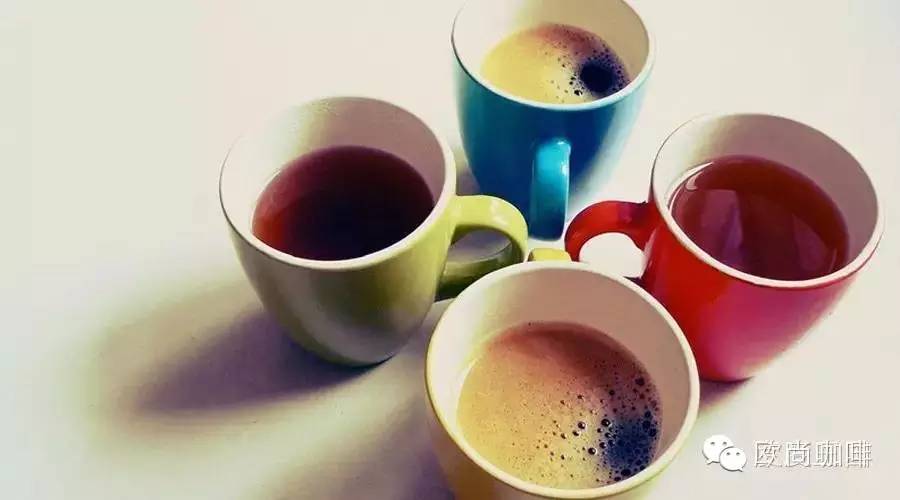
Since you click on this text, there is a 70% chance that you are a coffee lover, not because of hand disability. Then the kingdom of du du decided to use the limited time to give you a little practical coffee common sense, which may help you correct your coffee concept and better enjoy the taste of coffee.
Good coffee, VS bad coffee.
Nowadays, many coffee shops play the banner of baking boutique coffee, freshly ground fresh boutique coffee and selected coffee, so what is boutique coffee, how many coffee consumers know boutique coffee, and how many coffee shop operators know boutique coffee?
This is a big doubt, you know, in this country dominated by tea consumption, it is more difficult for people to accept coffee easily. even so, coffee consumption is still a popular commodity in China, and in order to let more people understand and accept coffee, there are countless baristas involved in it, and each barista is making different efforts in order to make coffee popular in the market.
It is generally believed that, compared with traditional coffee, boutique coffee has more prominent flavor and obvious characteristics, with specific producing areas and detailed farm division. However, Mr. Dodo believes that in fact, there is a basic difference between fine coffee and ordinary coffee, that is, the mode of production is different.
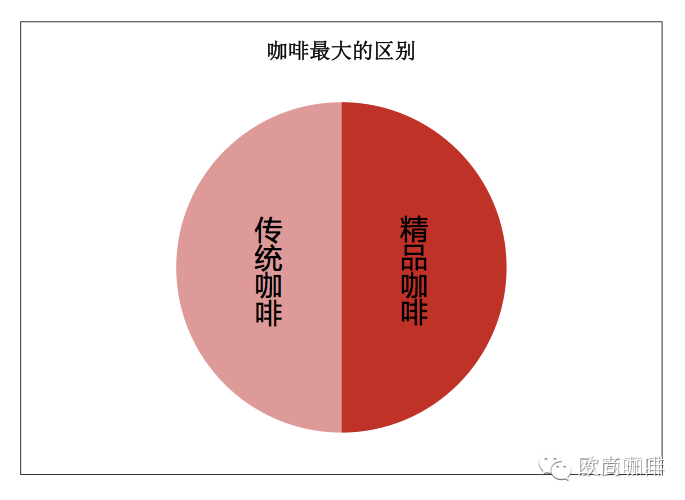
Looking back in history, traditional coffee makes profits by exploiting coffee farmers and meets the taste requirements by blending inferior coffee with each other, which is also the business model of most coffee companies, but boutique coffee has broken this model. bring a revolutionary progress to the coffee industry.
Like all industrially produced things, traditional coffee is subject to mass production and high profits, generally of poor quality and lack of rich taste and aroma. Some products can at best be seen as caffeine-rich drinks (caffeine can even be added to food after industrial extraction), a pattern that destroys the enthusiasm of coffee farmers and leads to a vicious circle.
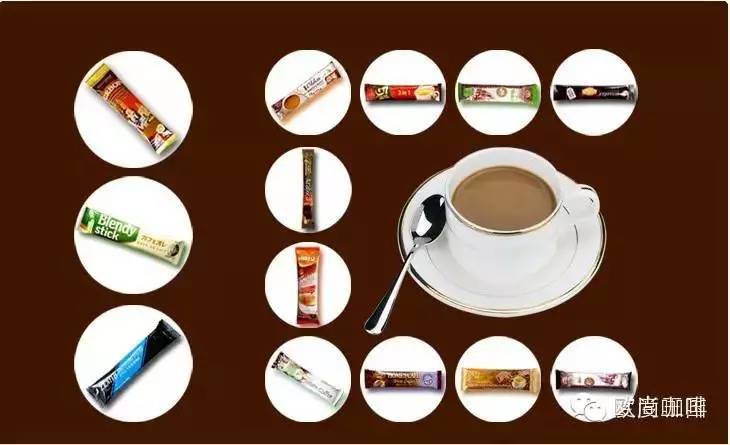
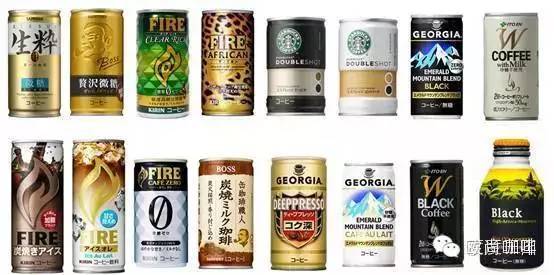
Well, the above things you can buy in the supermarket, whether canned liquid coffee or powdered instant coffee, are "bad coffee" produced by an industrial assembly line.
The production process of boutique coffee
After excluding "bad coffee", we will carefully study the specific differences of various "good coffee" according to the production process of coffee.
A cup of "good coffee", its operators will pay more attention to the origin, pay more attention to the cultivation of coffee, improve the quality of coffee from the source, but also pay more attention to the treatment and situation of coffee growers. Their goal is to enable everyone in the coffee industry chain to get their own legitimate interests and make the whole industry develop healthily.
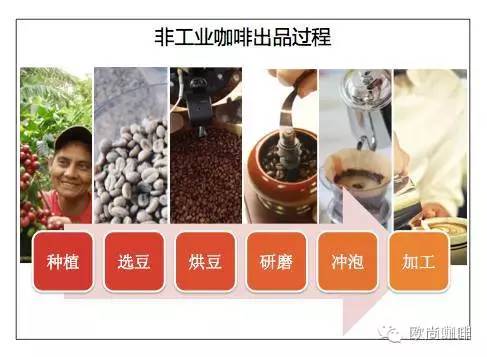
"good Coffee" will start from coffee farmers from major coffee producing areas around the world to grow high-quality coffee trees, carefully harvest the fruit and initially process it into raw coffee beans, and then transport them to every barista through coffee merchants.
According to different uses, baristas will choose to use a single variety of coffee beans, or mix them with different varieties of coffee beans. After professional roasting processing, raw coffee beans will become different degrees of cooked coffee beans, their tastes are also different. Ripe beans need to be ground, brewed, and added milk, sugar and ice according to taste. All in all, a delicious cup of coffee has to go through such a complicated process before it can finally be delivered to you.
Good coffee starts with planting.
There are four kinds of coffee trees in the world, of which only two are of real commercial value and have been planted in large quantities. One is the Elaraby species (ARABICA), and the other is the Robasta species (KOBUSTA).
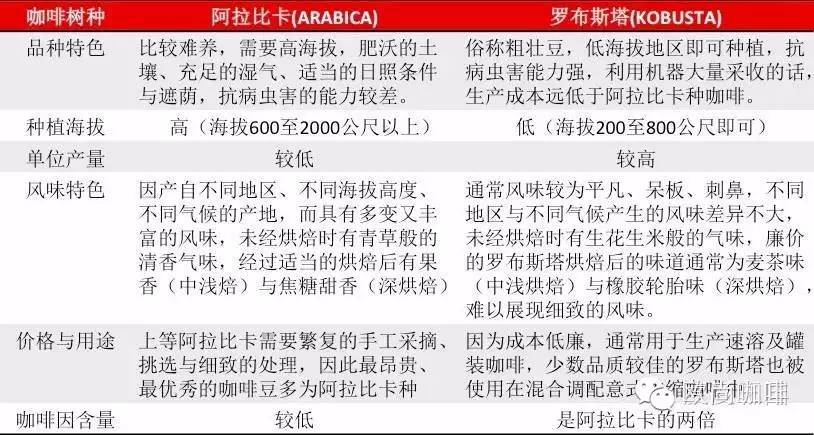

Generally speaking, almost all the fine coffee comes from coffee beans grown in Arabica. So, when you see McDonald's advertising like this, of course they want to tell you that their coffee is delicious. But don't be easily convinced, because not all Arabica beans are carefully selected, because a lot of the coffee you drink is actually blended, including a variety of small cafes. And your favorite Starbucks or diffuse coffee.
Espresso and individual coffee
The main coffee producing areas in the world are in the tropics between 25 °N and 30 °S. The elevation, soil, climate, planting level and treatment methods of each producing area will affect the flavor of coffee beans.
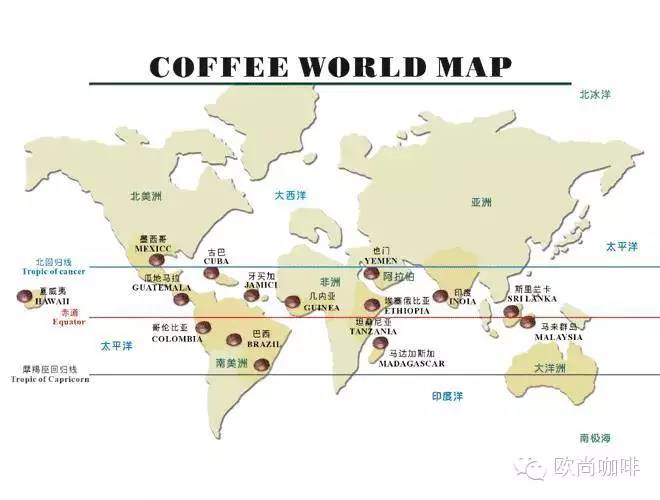
Baristas will use individual coffee beans or a blend of several beans to make coffee according to demand. From an appreciation point of view, the two can be said to be very different:
Individual coffee:
The pursuit of true expression of the original ecological flavor of coffee beans, the more real the better, the purer the better, any carving, concealment or correction is not desirable.
Espresso (including fancy coffee):
Focus on innovation, the purpose of innovation is to create a different, pleasant taste pursuit, complex and integrated, balanced and unified.
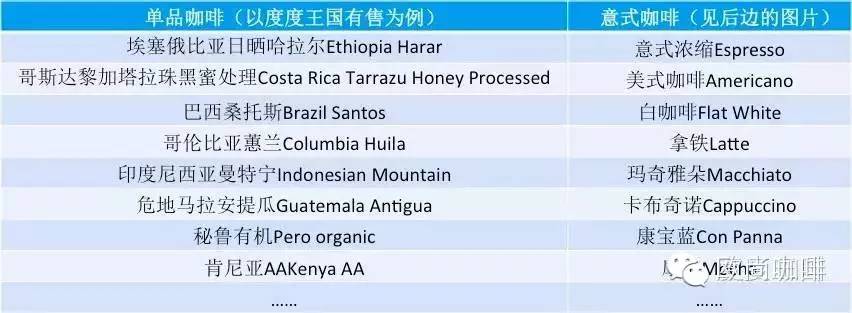
So when you see these names, you probably know whether the coffee belongs to individual coffee or mixed beans.
Combine beans to produce espresso
To put it bluntly, espresso is all based on espresso, with water, milk, cream, sugar and other contents to produce different flavors, and then someone gives them all kinds of good-sounding names.
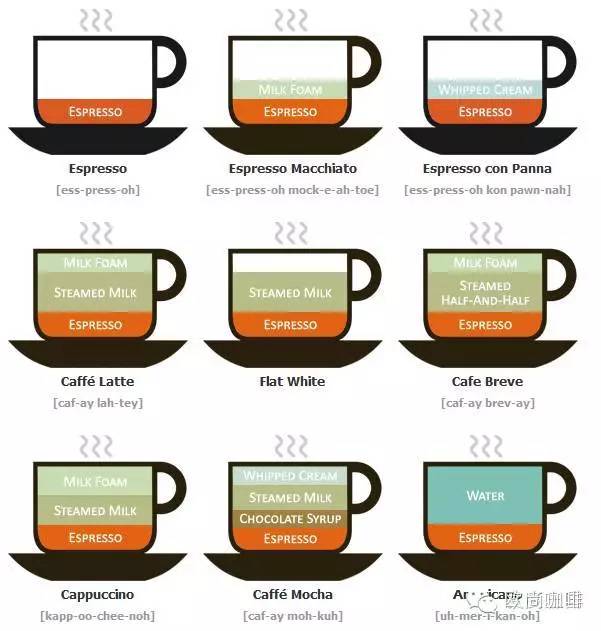
The main factors that affect the taste of espresso are as follows:
1. The mixing ratio of beans
2. The fineness of grinding
3. The time of pressing extraction
4. The degree of froth.
5. Other added ingredients.
Oh, by the way, the most important thing depends on the mood of the barista that day.
Single bean produces high-quality coffee
On the other hand, the purpose of individual coffee is to try to show the different flavors of each kind of coffee from different places, such as Mantenin in Indonesia, which is rich and mellow, suitable for medium-depth roasting, while Ethiopian beans are rich in fruity aromas. suitable for shallow roasting. (this intuitive feeling is the same as tea, cooked Pu'er is very black, while raw Pu'er is light, and coffee is the same principle.)
Knowing this, you will know what the following names mean:
Brazil Santos, Columbia Super Cymbidium
Ethiopian Yejia Xuefei Solar G1 Red Cherry Project
Ethiopia Yejia Xuefei washing G2, Ethiopia Sidam G2, Ethiopia Harald G4
Mantenin, Goshu Mountains, Sumatra, Indonesia
Guatemala Vivette Nango
Peruvian organic
Costa Rican Tarazu SHB, Costa Rican honey treatment
Through the above knowledge, you now know the difference between "good coffee" and "bad coffee", the difference between Arabica and Robsta, and the difference between individual coffee and espresso-so, what is boutique coffee?
It's not sold in a big supermarket!
What's sold in McDonald's is not!
It's not sold in Starbucks!
Boutique coffee is a single coffee, after careful selection, there are strict restrictions on planting, processing, roasting, grinding and extraction.
Now you know, right?
Important Notice :
前街咖啡 FrontStreet Coffee has moved to new addredd:
FrontStreet Coffee Address: 315,Donghua East Road,GuangZhou
Tel:020 38364473
- Prev

Those who are very unpopular coffee knowledge coffee experts may not understand!
There are about 1 billion people around the world, and the first thing they do every morning is to have a cup of coffee to start their day, but the secret behind the coffee may not be known. It is said that the coffee was discovered by the shepherd. The most widespread story is that an Ethiopian shepherd named Kaldi found his animal excited after eating ripe coffee beans. 2 A cup of coffee
- Next

How to make the best use of coffee? Advantages and disadvantages of coffee
Drink the right coffee to be effective. Watch out for junk coffee. Three-in-one instant coffee is the most typical junk coffee. Among them, coffee partners contain harmful trans fatty acids, which can increase the risk of heart disease.
Related
- Detailed explanation of Jadeite planting Land in Panamanian Jadeite Manor introduction to the grading system of Jadeite competitive bidding, Red bid, Green bid and Rose Summer
- Story of Coffee planting in Brenka region of Costa Rica Stonehenge Manor anaerobic heavy honey treatment of flavor mouth
- What's on the barrel of Blue Mountain Coffee beans?
- Can American coffee also pull flowers? How to use hot American style to pull out a good-looking pattern?
- Can you make a cold extract with coffee beans? What is the right proportion for cold-extracted coffee formula?
- Indonesian PWN Gold Mandrine Coffee Origin Features Flavor How to Chong? Mandolin coffee is American.
- A brief introduction to the flavor characteristics of Brazilian yellow bourbon coffee beans
- What is the effect of different water quality on the flavor of cold-extracted coffee? What kind of water is best for brewing coffee?
- Why do you think of Rose Summer whenever you mention Panamanian coffee?
- Introduction to the characteristics of authentic blue mountain coffee bean producing areas? What is the CIB Coffee Authority in Jamaica?

